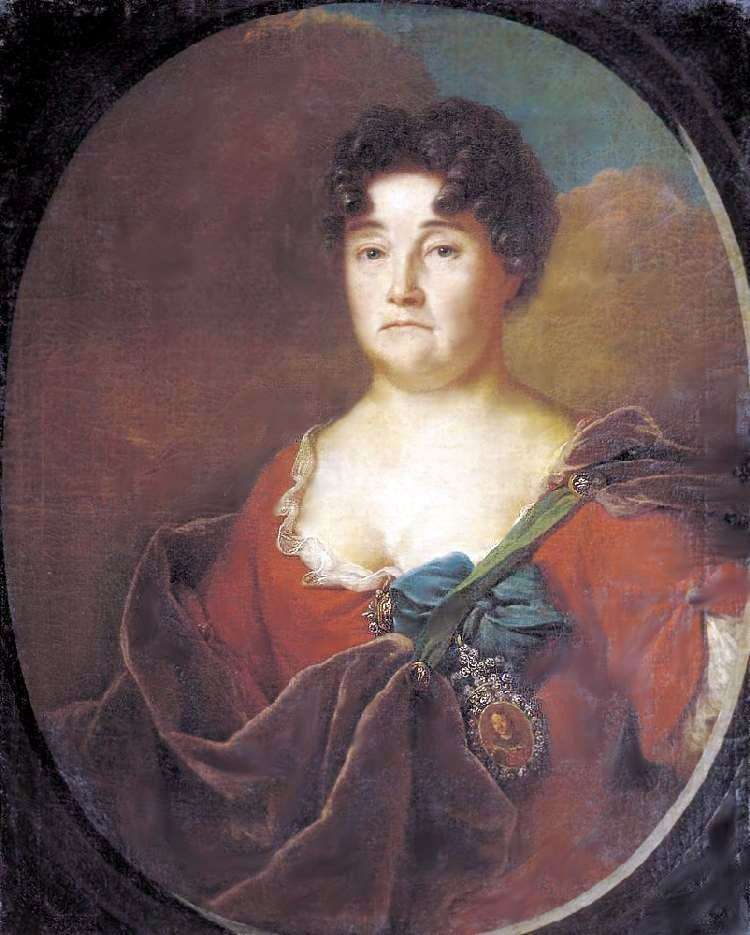
The portrait of Anastasia Petrovna Golitsyna is written according to the same compositional scheme as the portrait of her spouse, Prince I. A. Golitsyna – after all, the canvases should have been hung side by side and represented, like their living types, the consonant couple. The figure of the princess is given in the belt image, in a slight turn, towards her husband. Majestically towering against a cloudy sky, it is placed in an oval inscribed in a rectangle of canvas.
At Golitsyna, a luxurious dress of radiant red color with large ruby buckles on the sleeves and a precious medallion with a portrait of Peter 1 on the chest. A mantle is drawn over the dress, probably from velvet. All this baroque magnificence seems to suit the strong nature of the princess much more than her timid, imperceptible spouse in the life of Peter the Great. The head of Golitsyna is built in an underlined volume and therefore has sculptural power, weight.
Together with a strong open chest and neck, it forms a large pictorial spot, which dominates the space of the picture and conveys a sense of imperious power emanating from the model. And yet the gorgeous clothes seem not quite to the face of Golitsyna. The corners of the mouth and tired eyes look cryptly prosy against their background. In this discord, however, lies the particular depth of the image created by Matveyev, the peculiarity of the Peter’s epoch is palpable, when the grand transformation of Russia to the Western way was often carried out by cruel, quite Asian means.
An associate of Peter, whom he called “daughter”, “hegumen-prince” of his cheerful “Most Admiring and Most Bearable Cathedral”, Catherine’s confidant and the first stats lady in Russia, she was battered in the case of Tsarevich Alexei and only a few years later approached the court. Brush Matveeva captured her a year before her death. He superbly managed under the mask of external well-being to convey its complex and contradictory nature. A tired, sad look, offendedly pursed lips on the face of an unhappy woman, reduced to the level of a living royal toy, contrasted with her head set proudly and the richness of ceremonial clothes.
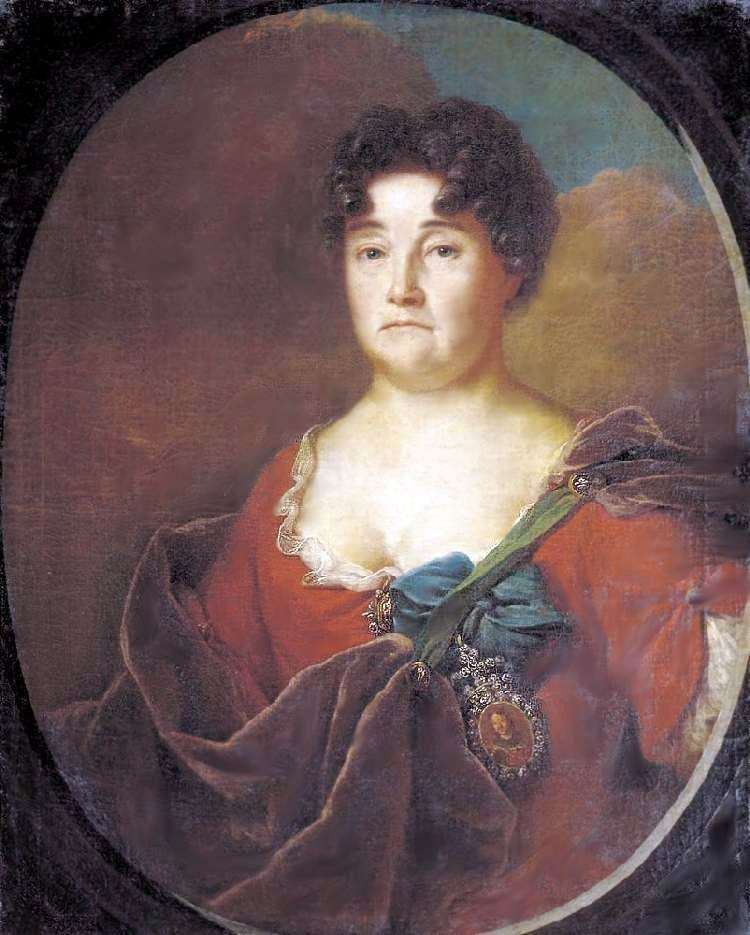 Retrato de A. P. Golitsyna – Andrey Matveyev
Retrato de A. P. Golitsyna – Andrey Matveyev Portrait of I. A. Golitsyn by Andrey Matveyev
Portrait of I. A. Golitsyn by Andrey Matveyev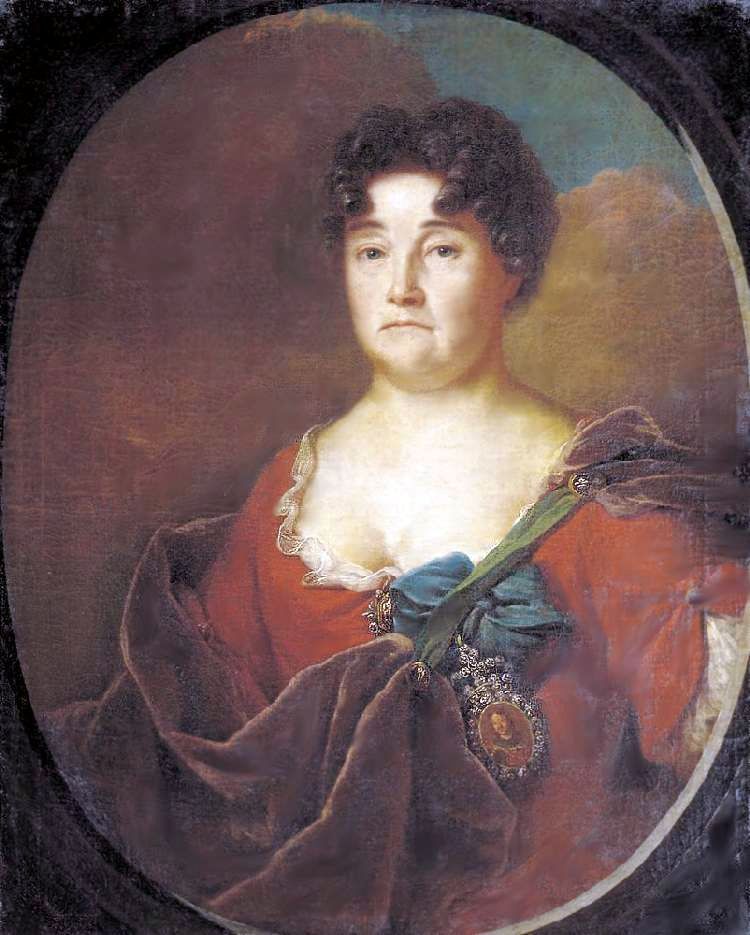 Portrait d’AP Golitsyna – Andrey Matveev
Portrait d’AP Golitsyna – Andrey Matveev Portrait of a doctor I. A. Acaretti by Andrey Matveyev
Portrait of a doctor I. A. Acaretti by Andrey Matveyev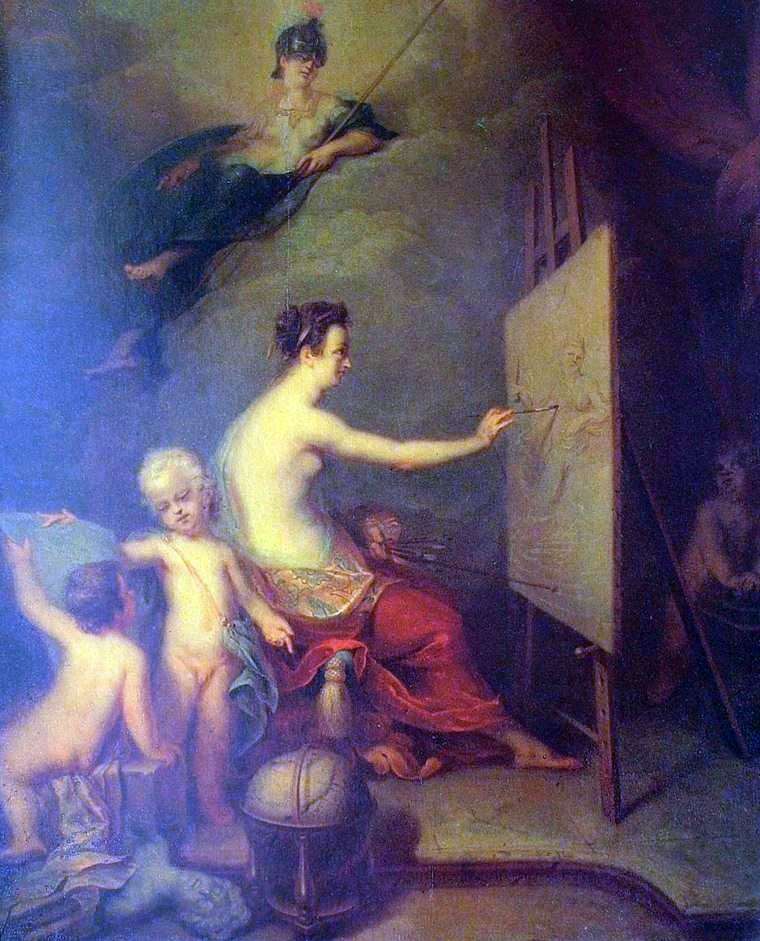 Allegory of Painting by Andrey Matveyev
Allegory of Painting by Andrey Matveyev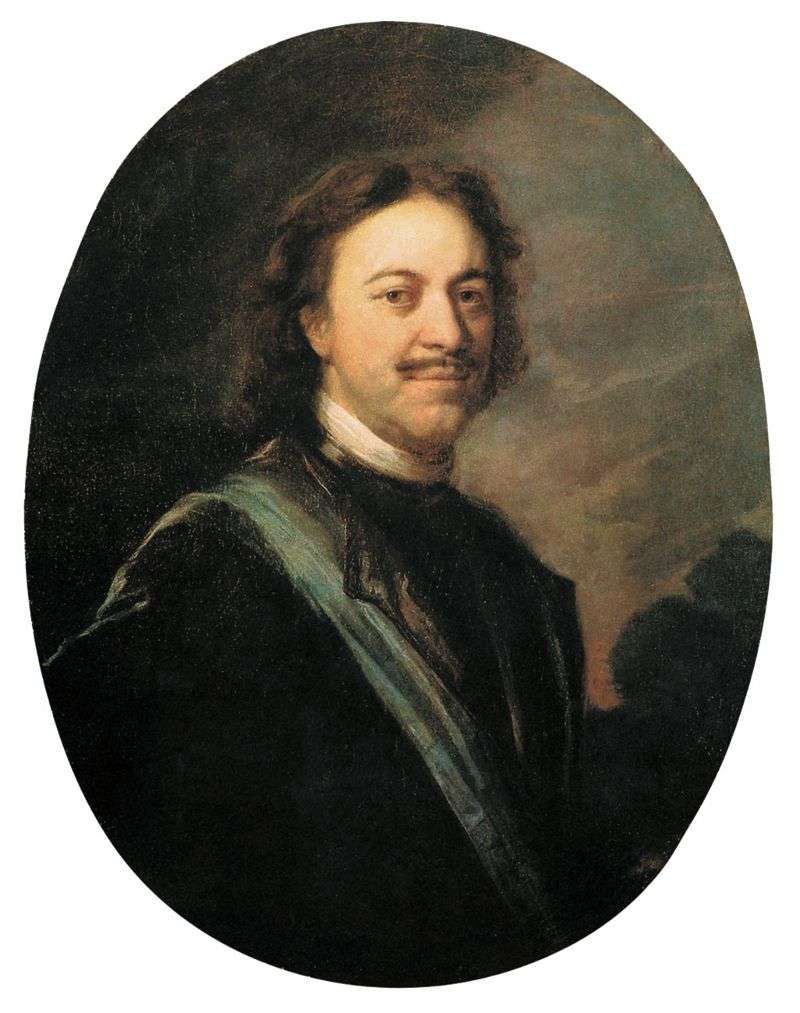 Portrait of Peter the Great by Andrei Matveyev
Portrait of Peter the Great by Andrei Matveyev Portrait of Princess Anna Petrovna by Adolsky Ivan Nikolayevich
Portrait of Princess Anna Petrovna by Adolsky Ivan Nikolayevich Self Portrait by Albreht Durer
Self Portrait by Albreht Durer